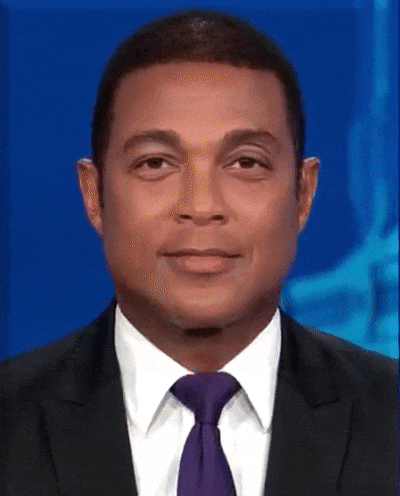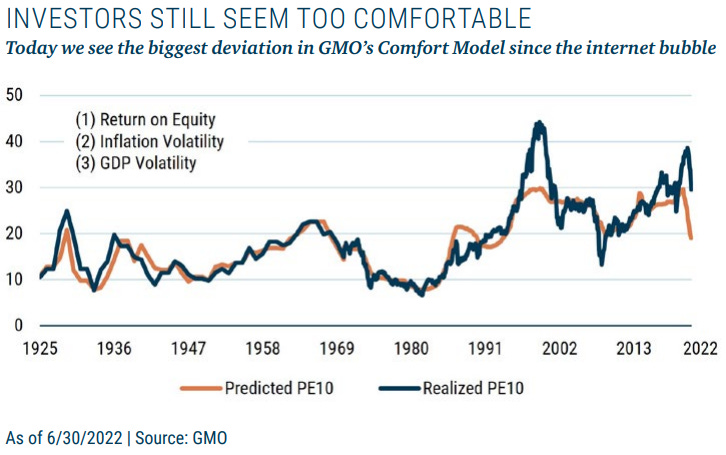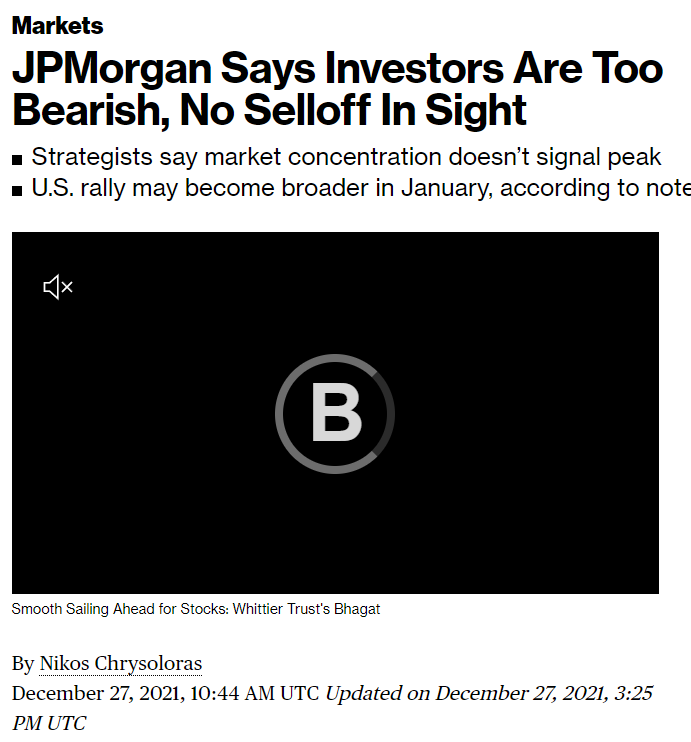Bunny had a talk with Mr. Irving, who told him that it was the Federal Reserve system at work; a device of the big Wall Street banks, a supposed-to-be government board, but really just a committee of bankers, who had the power to create unlimited new paper money in times of crisis. This money was turned over to the big banks, and in turn loaned by them to the big industries whose securities they held and must protect. So, whenever a panic came, the big fellows were saved, while the little fellows went to the wall.
- Upton Sinclair, Oil! (1926)
Everyone is super bearish, which I can gather from the 2%-3% index gains at this second…
Investors cut equity allocations to lowest level since Lehman collapse
Fund managers this month reduced their net overweight position in stocks to the lowest level since October 2008, while also boosting cash holdings to a 21-year high of 6.1 per cent of assets under management, a survey by Bank of America of 259 investment managers with combined assets of $722bn published on Tuesday showed.
Is $722 billion a lot of money any more? That’s 6 months of QE.
With 259 managers, that averages to a lousy $2.8 billion each. Peanuts! Heck, I manage almost that much, if you chop off a bunch of zeros. What are the big boys doing?
And hang on just one second there, Mr. Bank of America! GMO would like to weigh in: INVESTORS STILL SEEM TOO COMFORTABLE…AND THAT MAKES US NERVOUS
As Robert Shiller has written, market participants are always in search of an explanatory narrative. Just tune into CNBC or Bloomberg TV any day and you’ll hear different terms bantered about: “TINA” (i.e., there is no alternative) was around for a while. The United States was the cleanest “dirty shirt,” leaving U.S. stocks more attractive than others around the world. Now inflation is making us question the “Fed put.” These narratives may be great for pundits, but for us, they are incomplete answers.
In the late 1990s, Ben Inker and Jeremy Grantham created an explanatory model, called the Comfort Model, which sought to explain the current P/E1 of the market.2 The model is based on the simple premise that the conditions which make investors comfortable are high profits, stable economic growth, and inflation of around 2%. The higher the profits, the more stable the economic growth, and the closer inflation is to 2%, the more comfortable investors are. With greater comfort, investors are more likely to pay a higher multiple on the market and vice versa. The explanatory power of the model is incredibly high with an R-squared of more than 80% over a period spanning almost 100 years. (Jeremy Grantham has even remarked that he would not believe such a high R-squared unless he saw the data himself!)
…the Comfort Model peaked in March of 2021 and P/E ratios peaked later in 2021, shortly before Jeremy Grantham wrote “Let the Wild Rumpus Begin” in January of this year. While the fall in the S&P 500 this year has brought down valuations somewhat, the fall in investor “comfort” in recent months has been even more extreme, and the Comfort Model today is showing the widest disparity between its predicted P/E and the market’s actual P/E since the late 1990s. At that time, the Comfort Model suggested that P/E ratios should have been at their highest ever, but the frenzy of the internet bubble took the market multiple to even more extreme levels than the model suggested it would. Today is notably different, with the Comfort Model suggesting a more subdued P/E of 19x and the market remaining at a fairly lofty P/E of about 30x. Should today’s investors react to conditions as they generally did in the century leading up to now, the U.S. stock market may well have significantly further to fall.
Dude!
Let’s play “Guess the Country: America, or Indonesia”:
Internet Freedom in [xxxxxxx] is Teetering on a Razor’s Edge The looming implementation of online platform regulations will exacerbate existing free speech challenges and lead to more severe restrictions on internet freedom.
Media Confidence Ratings at Record Lows

We live in a truly bizarre narrative when potentially raising rates from negative 0.5% to zero - with 8.6% official CPI - is considered "hawkish.
Great real estate discussion with Ivy Zelman and others With about 1/4 of housing buyers “non-primary” (i.e., investors, flippers, private-equity etc.), what happens if they panic?
I see many examples like this Virginia home lately, “listed by Open Door Brokerage, LLC”:
June Housing Starts: All-Time Record Housing Units Under Construction
California Home Sales Plunge 21% as Soaring Mortgage Rates Hit
“It was the biggest drop since California’s three-month pandemic lockdown in 2020, the California Association of Realtors said. If excluding the early Covid-19 lockdown, June’s sales were at the lowest level since April 2008…Single-family home prices in the most populous state fell to a median of $863,790 in June.”
I should note that that CA median price is about 11x the median-household income in California of $78,672 (2020, latest available).
U.S. Home Builder Index Unexpectedly Plunges in July to the Lowest Level since May '20 A number of housing indicators seem now at levels comparable to when the world was ending (2008) or when the world was ending (early 2020). Meanwhile, at 3913, the SPX is 5.8x the 2009 low, and 78% above the early 2020 lows.
Facing Homelessness After $462 Monthly Hike: One Story From Phoenix's Renter Crisis There's a simple solution to this 34% rent spike - just tell the landlord that the BLS owner-equivalent rent model is only running at 5.5% YOY, and your landlord will adjust the rent down to that.
…the SOMA portfolio was in an unrealized loss position of $330 billion, or about 4 percent of the portfolio's par value, at the end of the first quarter of 2022…this unrealized loss position is expected to become larger as interest rates are expected to increase further. Under the baseline projection, the unrealized loss position is projected to reach a maximum of about $670 billion, or about 8 percent of the portfolio's par value, by the end of 2022. The unrealized loss position then declines gradually as SOMA securities associated with unrealized losses approach maturity; at the maturity date, the market value of each security returns to its face value. The range of outcomes for the unrealized loss position stemming from much higher interest rates than under the baseline is quite large; for example, as indicated by the lower edge of the 90-percent confidence band which represents a tail risk event, unrealized losses peak at around $1.1 trillion, or about 16 percent of the portfolio's par value, in 2023.
Investors, in our opinion, don’t really believe recessions are good for stocks. Instead, they believe a recession will clear a path to another round of Quantitative Easing (QE). A QE that doesn’t cause consumer inflation, only asset inflation. A QE that creates booms without busts. A QE that funds endless fiscal deficits and stimulus checks. A QE that solves climate change and erases social injustices. A QE that doesn’t misallocate capital to money-losing SPACs and NFTs of rocks. A QE that enables millions to retire early without shrinking the labor pool. A QE that doesn’t squash price discovery and free markets. A QE that puts central bankers on the front cover of magazines. A QE that monetizes trillions of debt without encouraging fiscal irresponsibility. A QE that doesn’t create asset bubbles, wealth inequality, and a housing affordability crisis. A QE that resuscitates the longest bull market in history and the earnings boom of 2021. A QE that makes investing easy again. Yeah, that’s the ticket!
Lead-Lag Live: The Lies We Are Told About Investing With Grant Williams I haven’t listened to this yet but since it’s with Grant Williams I know it’s good.
Fascinating interview with Ben Van Kerkwyk, on revisiting the official ancient human history narrative.
Final DIY Project: Build Your Own Coffin This is from the WSJ, not Buzzfeed.















Build your own coffin sounds like a WEF directive
Learning tons from your substack Rudy.